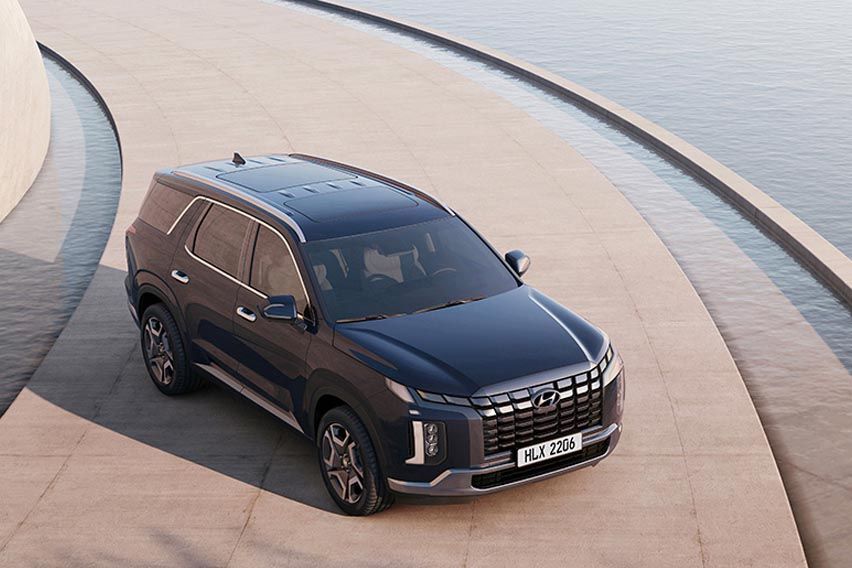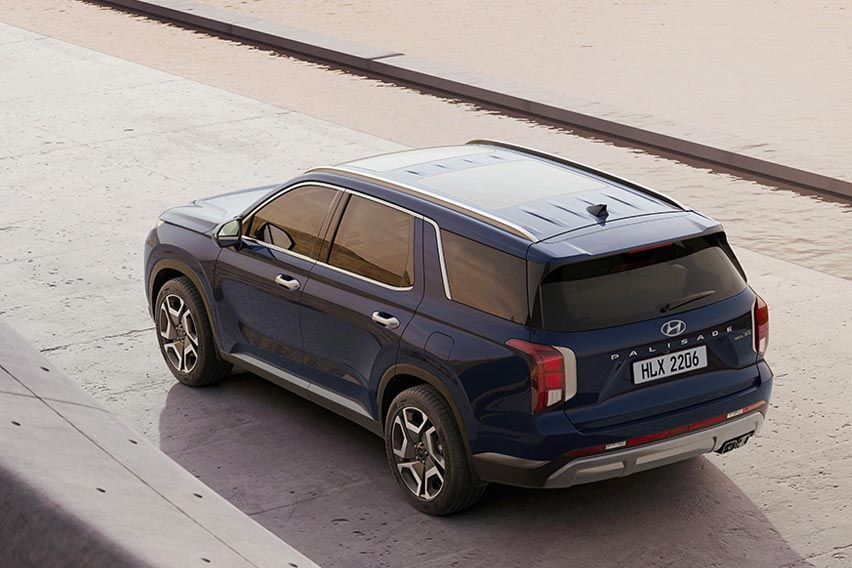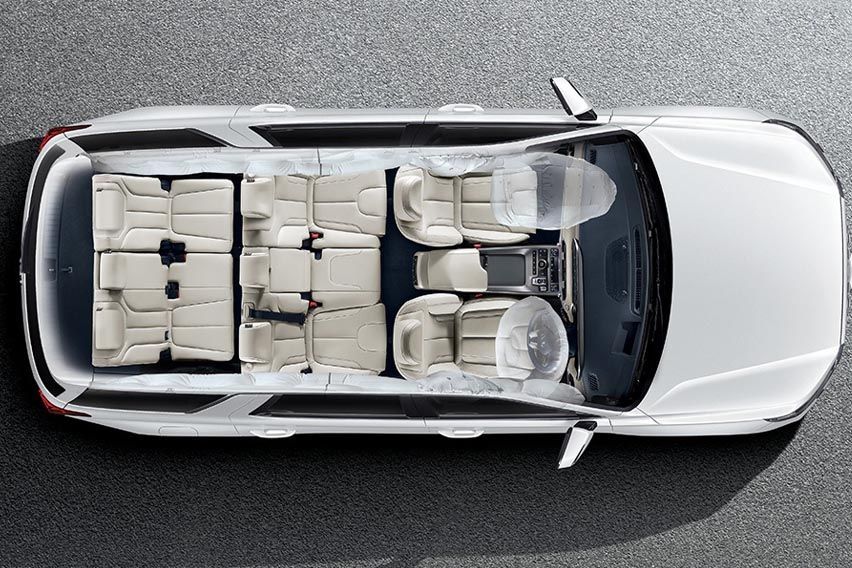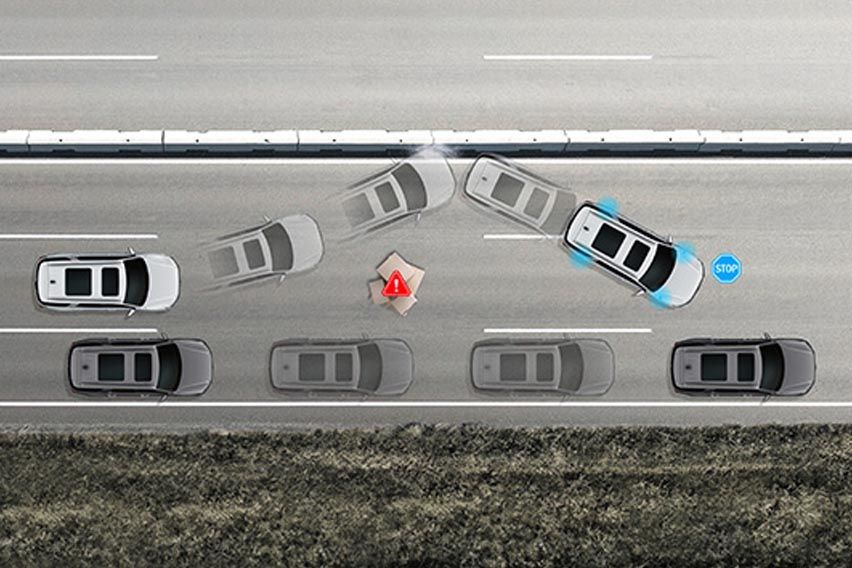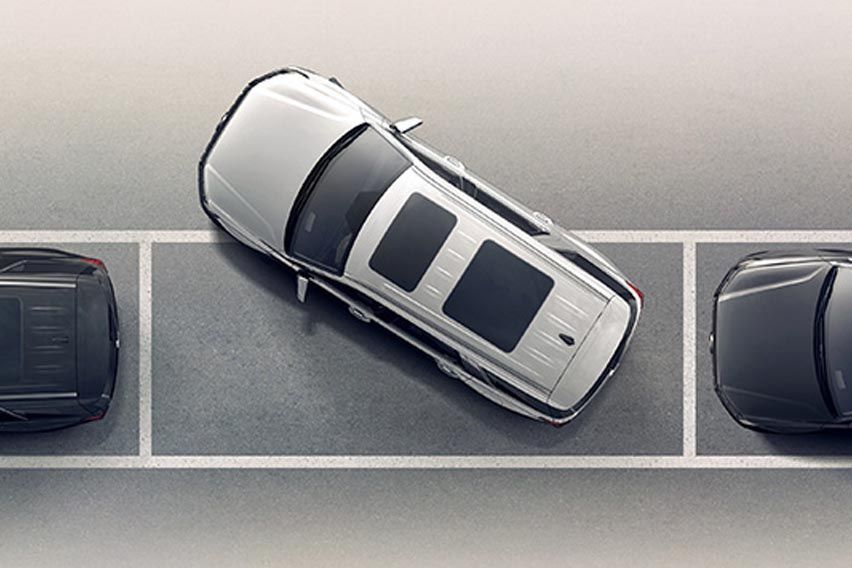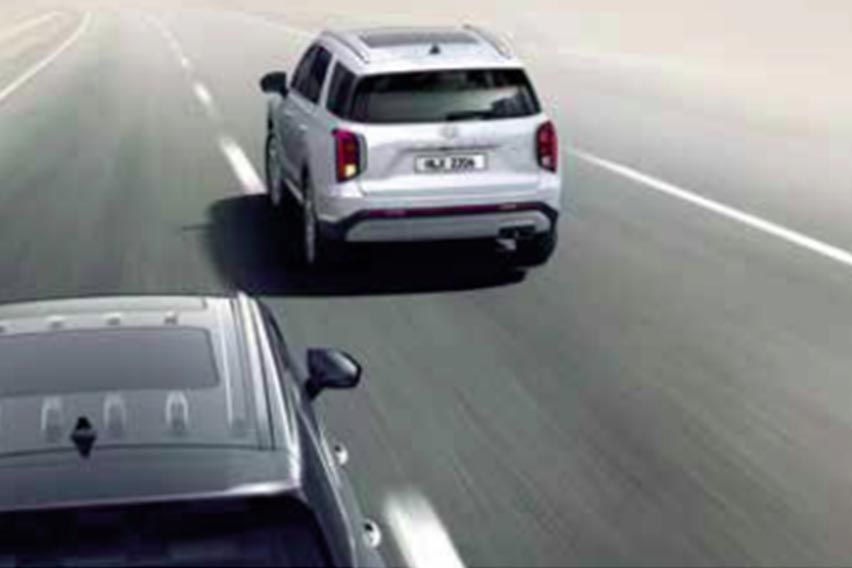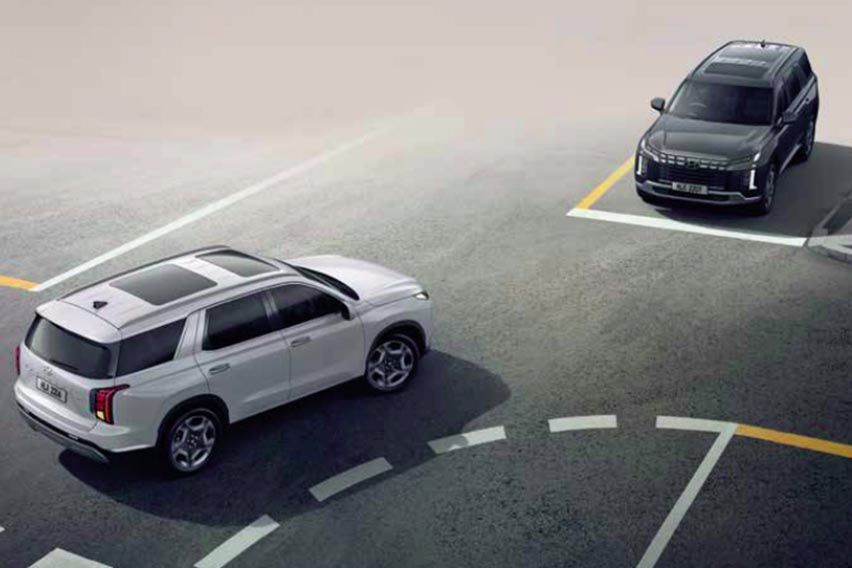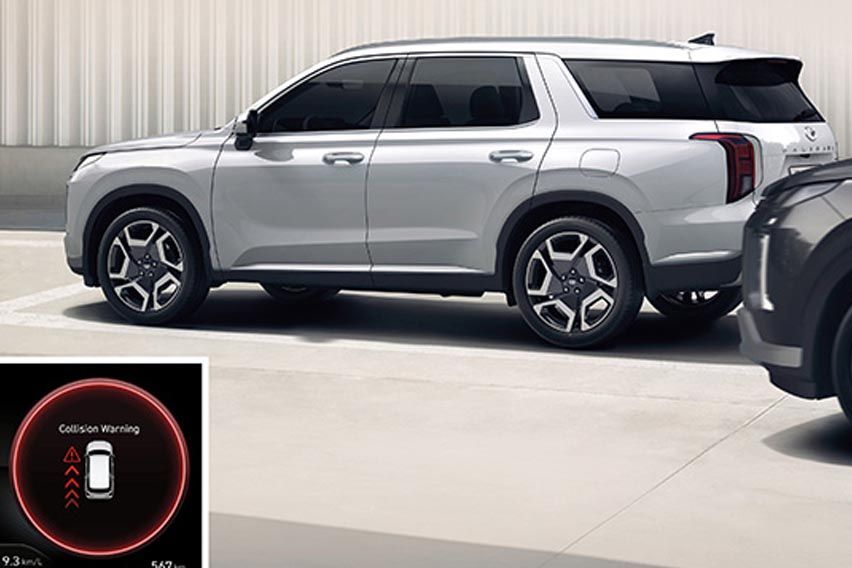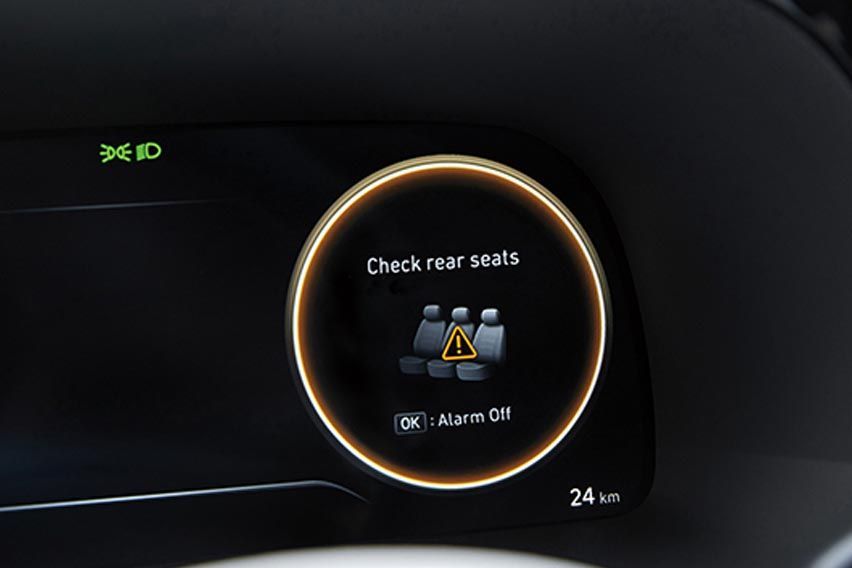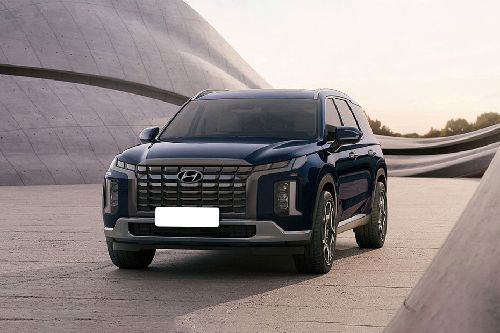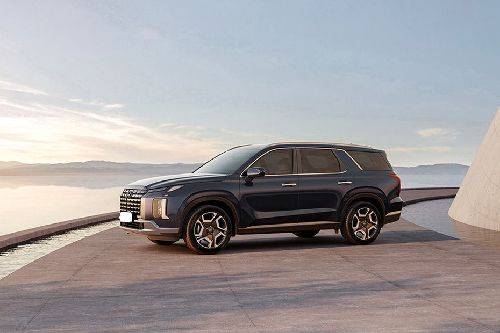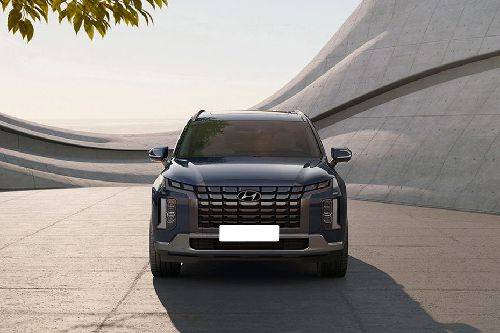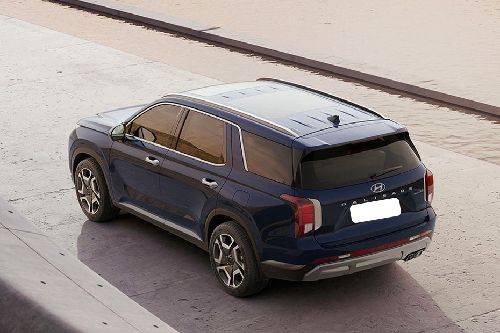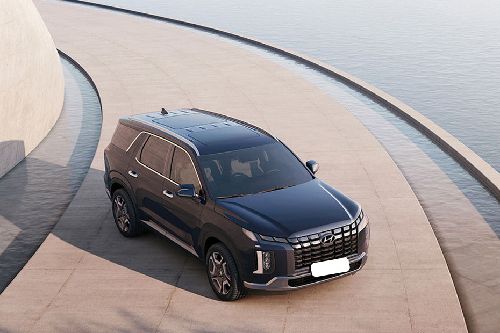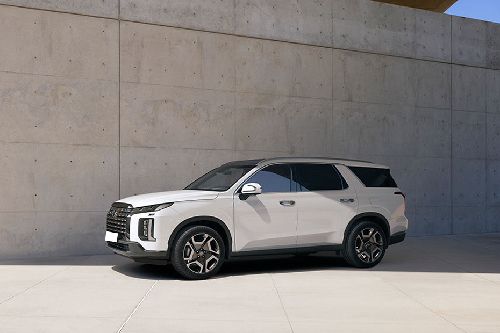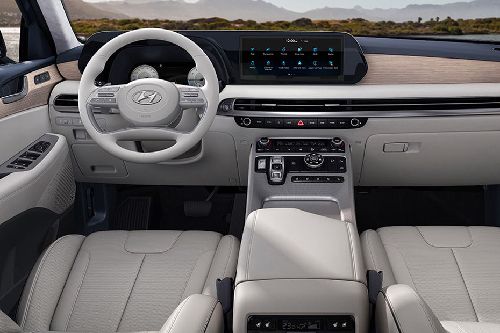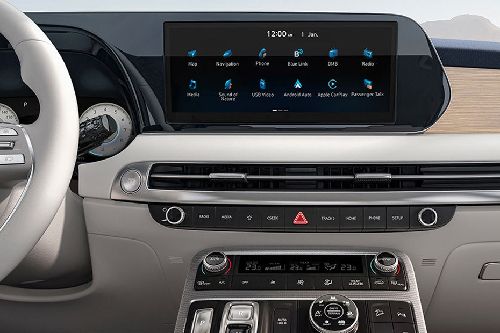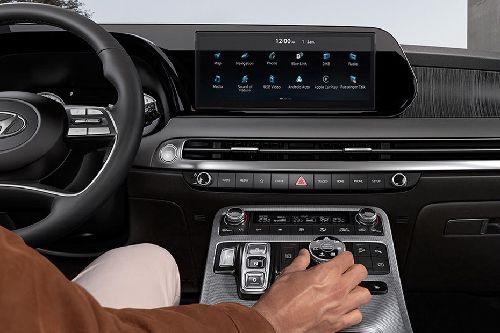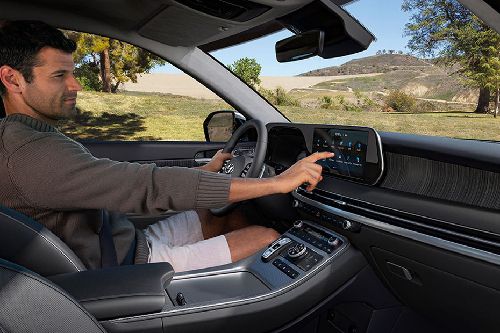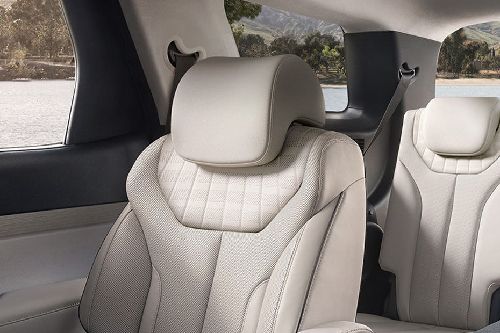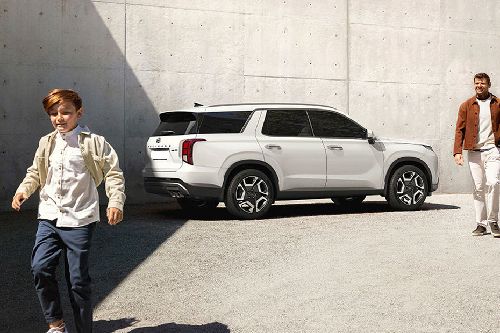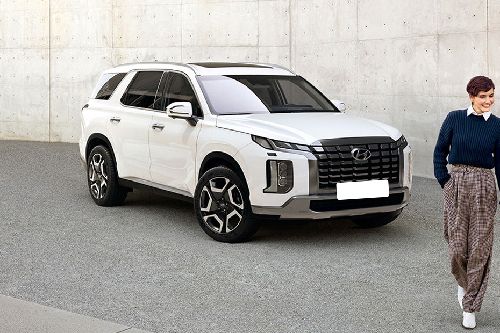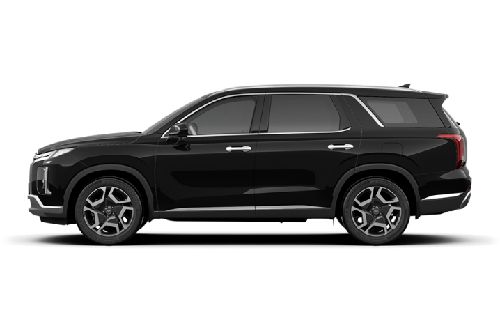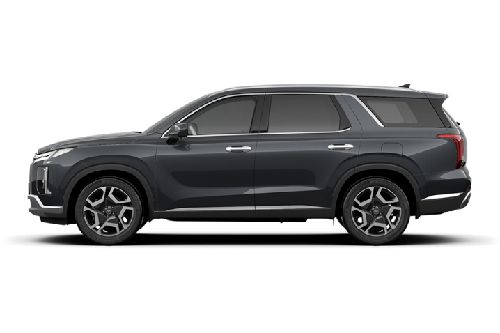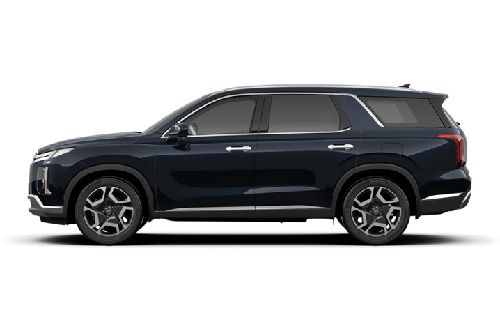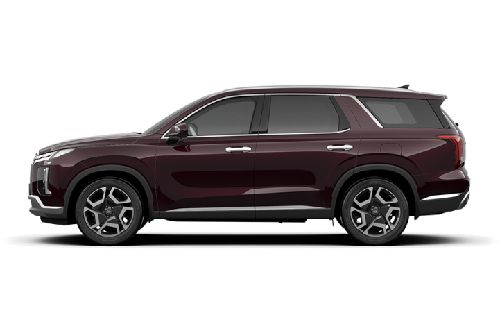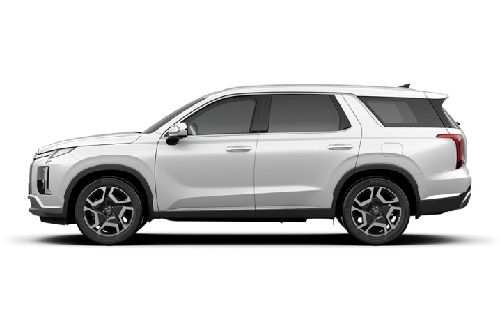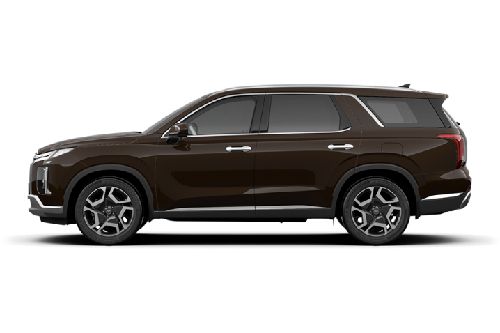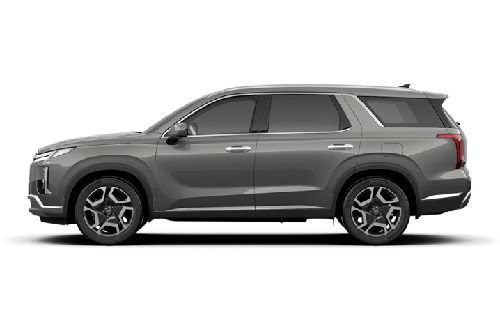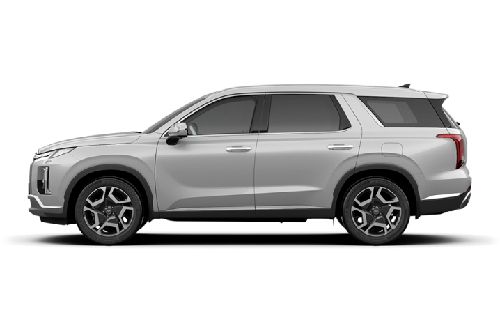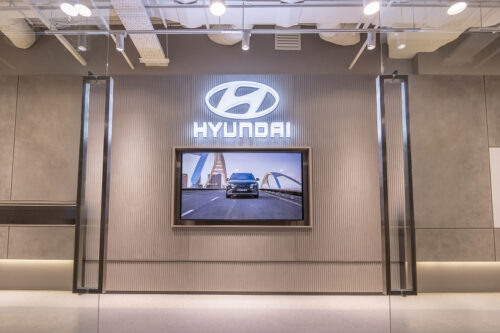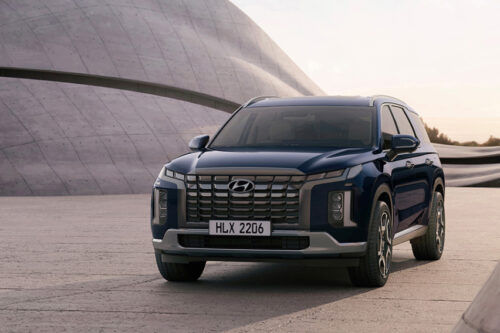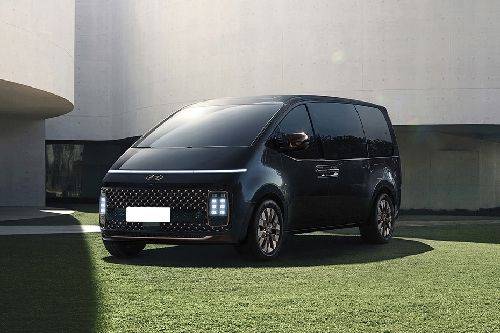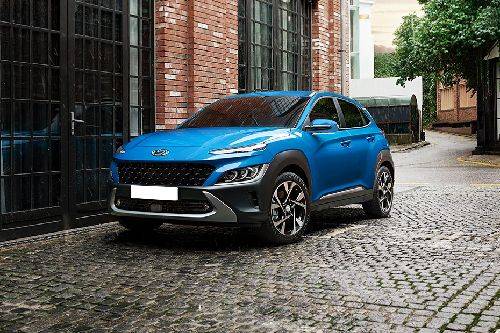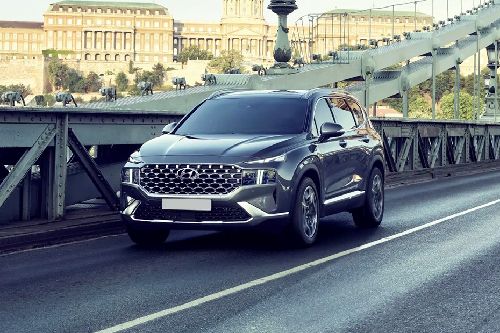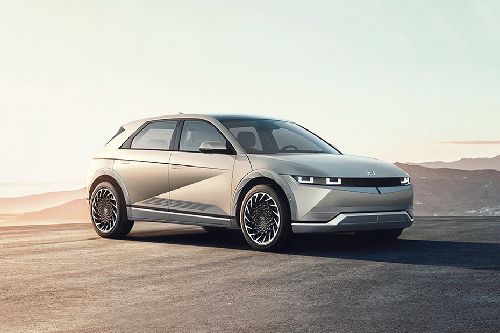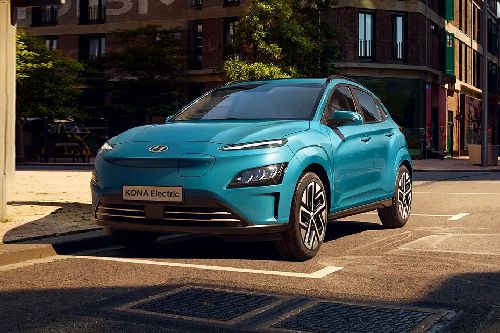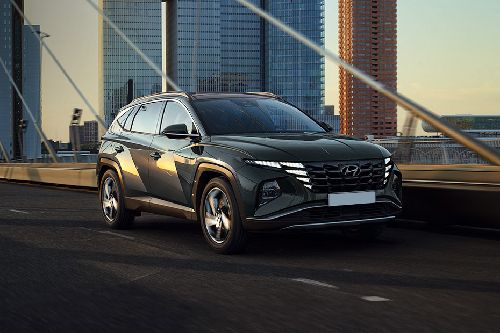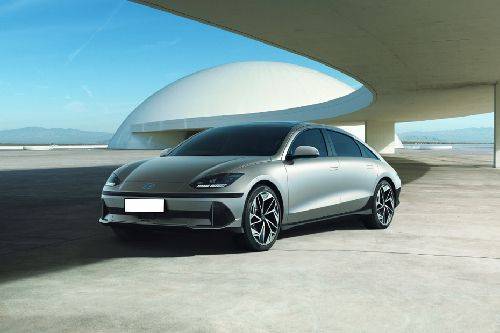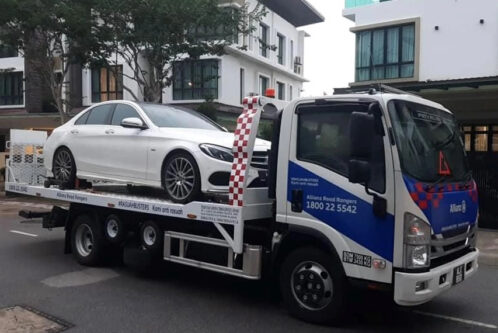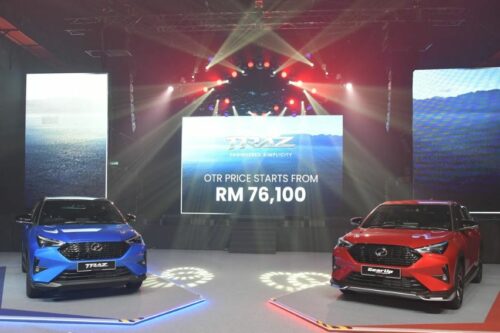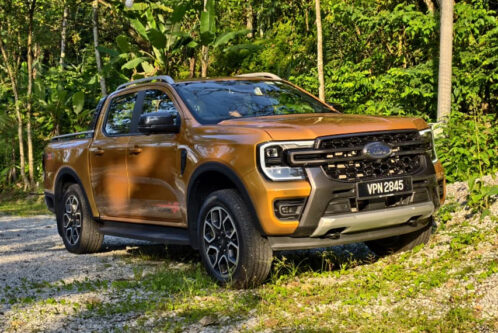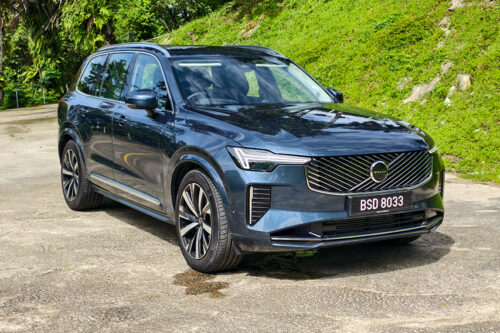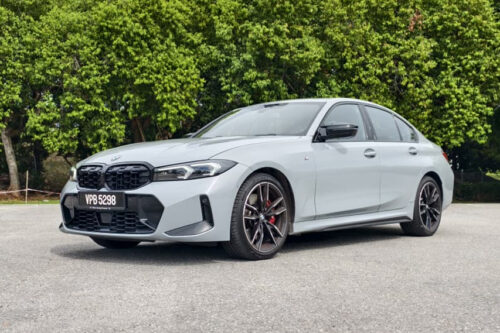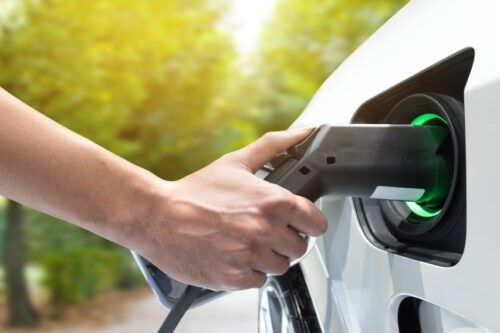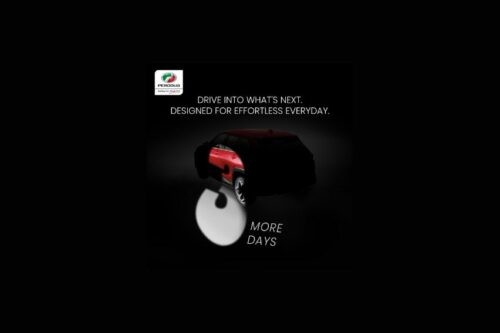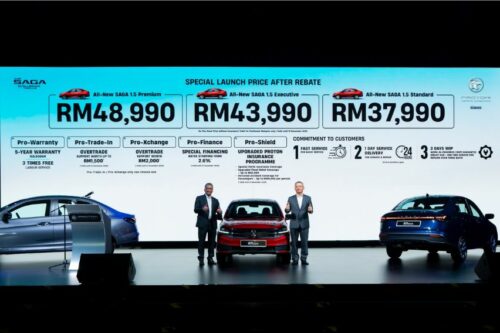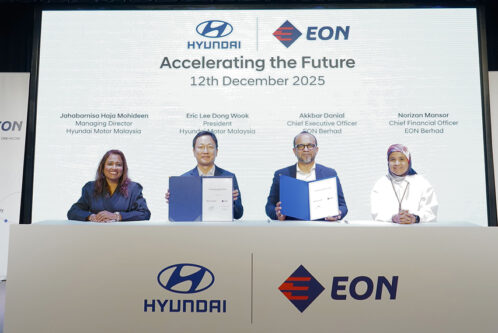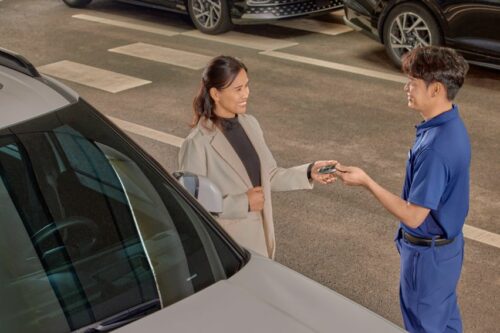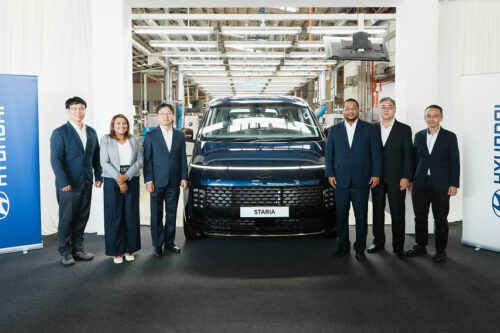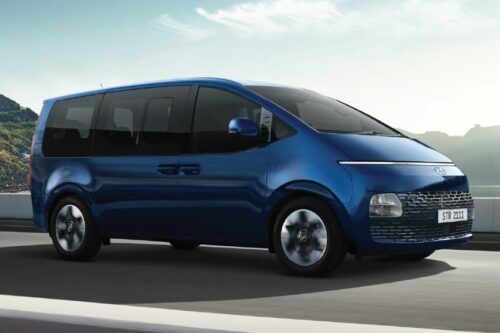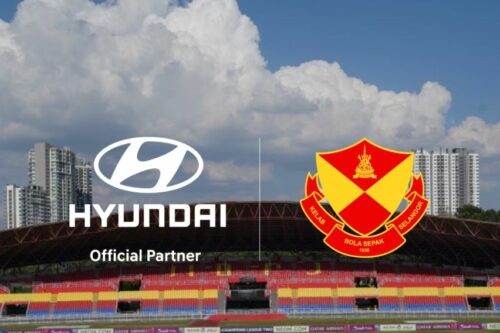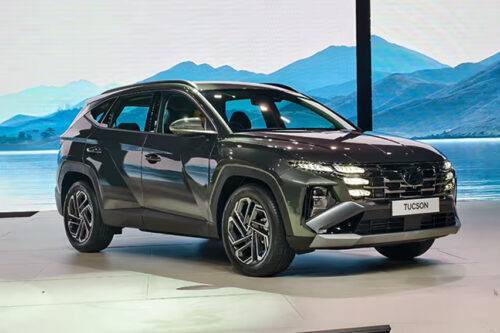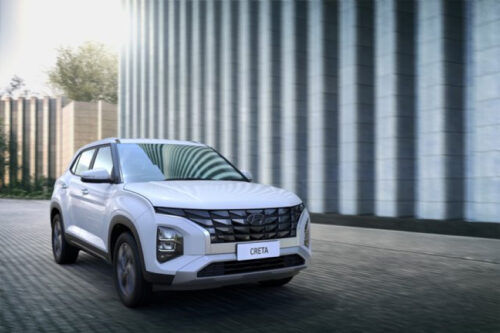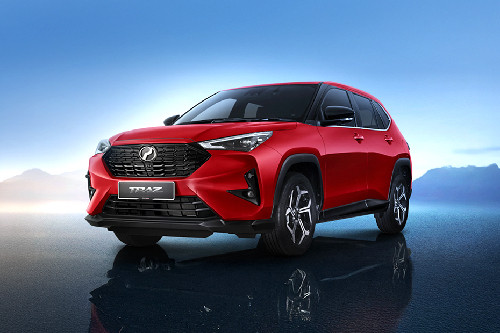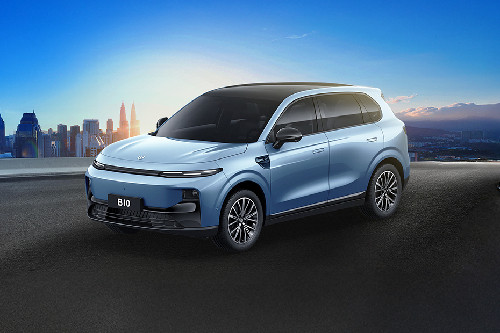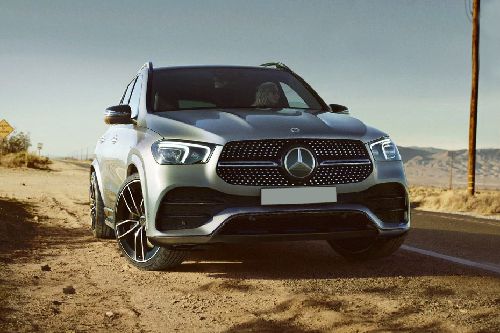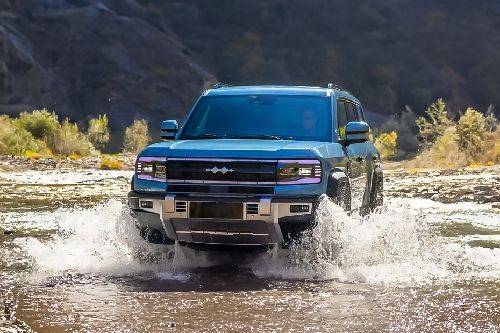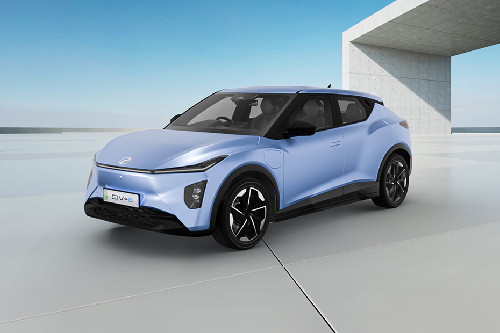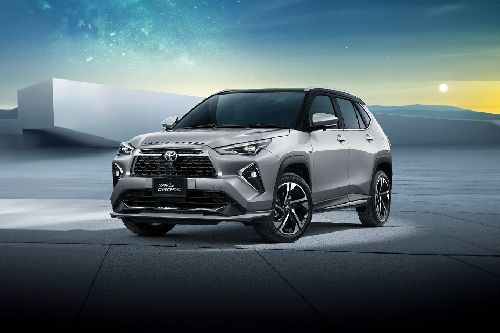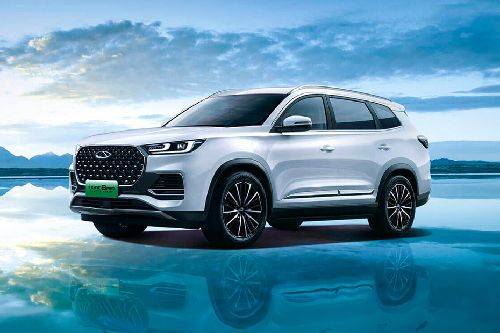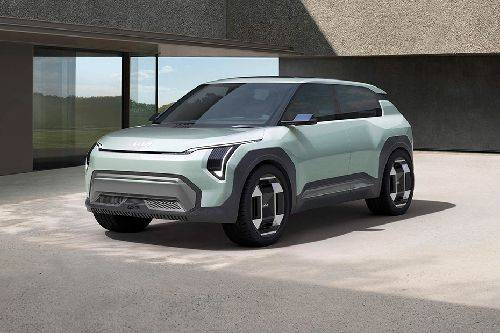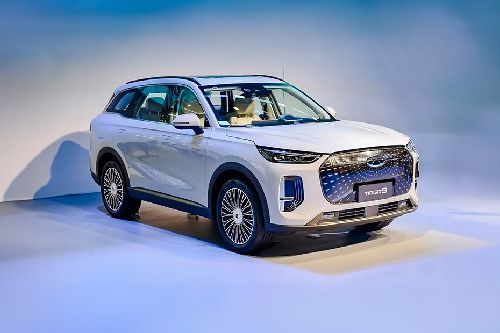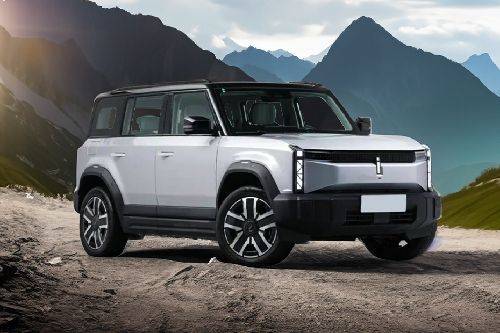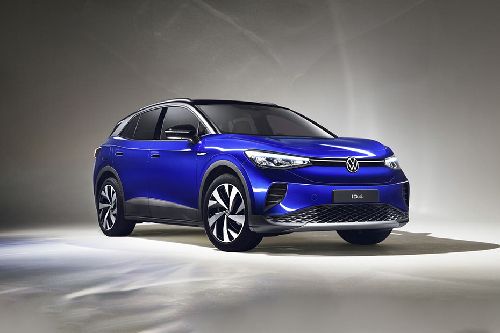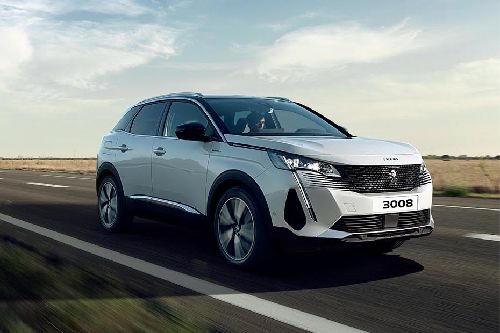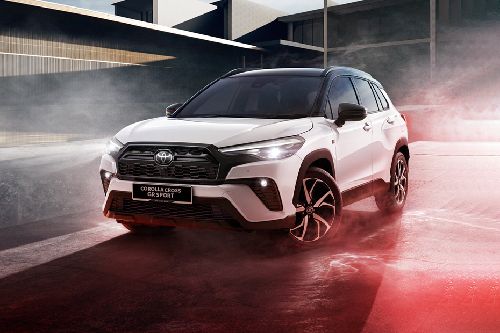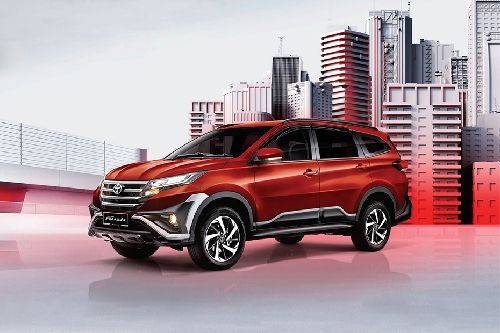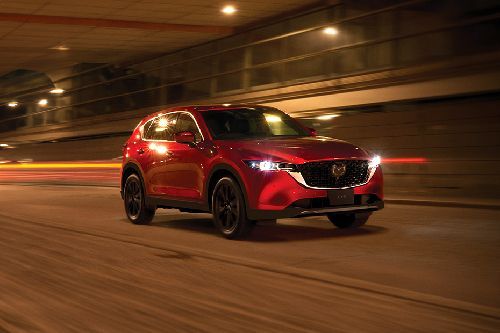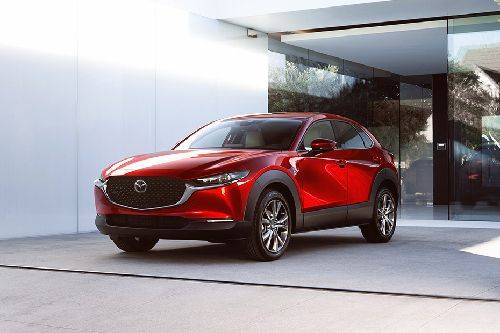2023 Hyundai Palisade: How safe is the new SUV?
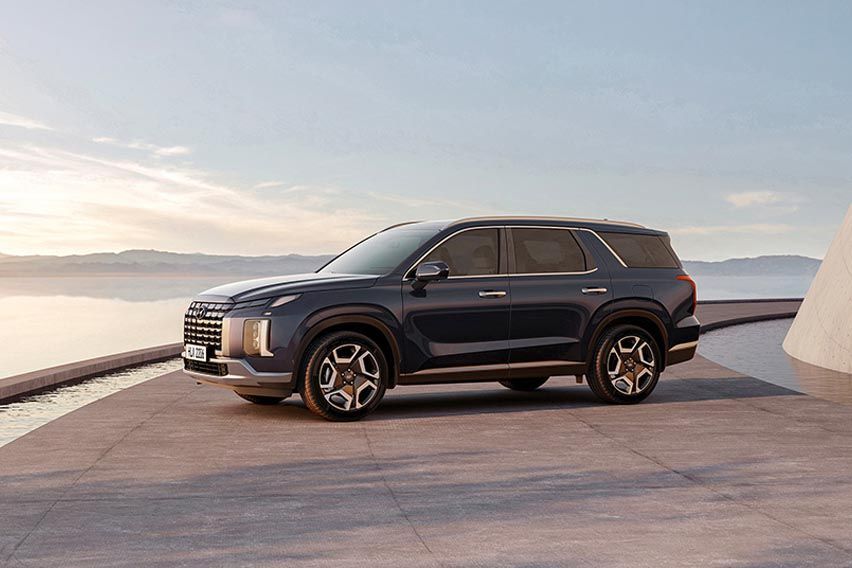
It was only five days ago that Hyundai Malaysia launched the all-new 2023 Palisade SUV. The three-row is offered in two trim levels across four variant options. The table below gives full details of the same along with the prices.
KEY TAKEAWAYS
What’s new on the 2023 Hyundai Palisade?
The new Palisade features an upgraded premium look, a more luxurious and comfy cabin, and a slew of innovative driver-assistance systems.How much does the 2023 Hyundai Palisade cost?
The 2023 Hyundai Palisade price in Malaysia starts at RM 368,888 and goes all the way up to RM 410,888.|
Palisade Executive 2.2L Diesel eight-seater |
RM 368,888 |
|
Palisade Executive 3.8L Petrol eight-seater |
RM 378,888 |
|
Palisade Luxury 2.2L Diesel seven-seater |
RM 389,888 |
|
Palisade Luxury 3.8L Petrol seven-seater |
RM 399,888 |
Each purchased unit is accompanied by a two-year, 50,000 km warranty as standard. And for a little extra cash, the customer gets an optional warranty package - five-year, 300,000 km coverage is at RM11,000 for petrol variants and a three-year service package at RM 12,000 for diesel variants.
As can be seen from the Palisade variant names, the SUV is available in 8- and 7-seater options along with two powertrain configurations. The latter includes - a naturally aspirated 3.8-liter petrol engine making 295 PS at 6,000 rpm and 355 Nm of torque at 5,200 rpm and a 2.2-liter turbo diesel unit generating 200 PS at 3,800 rpm and 440 Nm from 1,750 rpm to 2,750 rpm.
Both the engine options are paired to an 8-speed automatic transmission unit which in the petrol variants sends power to the front wheels and the diesel gets HTRAC all-wheels-drive.
While we have already discussed the new Palisade variants in detail along with its top features; we are here to talk about its safety profile which we heard is quite lengthy and impressive. Before going into that, let us first mention its standard feature list -
- Dual LED headlights
- LED daytime running lights
- Rear LED tail lights
- Rear LED fog lamps
- ORVM with puddle lamp & heating function
- Roof rack
- Dual power sunroof with tilting & sliding safety function
- Nappa leather/leather seat materials
- Leather steering wheel & gearbox
- 12-way adjustable memory driver seat
- 8-way power passenger seat
- Heated & ventilated front seats & 2nd row seat (7-seat option)
- Full-digital 4.2-inch TFT LCD supervision cluster
- LED cabin lamp
- Rear door curtain shade
- 12.3-inch touchscreen display with USB, Bluetooth, AUX, MP3
- Wireless Apple CarPlay & Android Auto
- Bluetooth with voice recognition
- Head-up display
- Drive mode (Eco, Comfort, Sport, Smart)
- Wireless phone charging
- Auto wipers & light control
- Smart power tailgate
- Rear-view camera with dynamic parking guide
- Advanced tyre pressure monitoring system
- 7 USB ports & 4 power outlets
- Dual-zone front & single-zone rear air-con system
Impressive, huh? Well, now let’s move to the Palisade safety profile?
Airbags: The Palisade comes with six airbags including a pair of front airbags for the driver and passenger, a pair of side airbags protecting the pelvic & thorax, and left and right curtain airbags giving head protection to occupants.
ABS: Anti-lock braking system helps the driver steer in emergencies by restoring traction to the tyres.
ESC: Electronic Stability Control helps prevent loss of control at curves and emergency steering maneuvers by stabilizing the car.
VSM: Vehicle Stability Control provides enhanced vehicle stability and steering response in conditions like slippery roads and changes in the coefficient of friction between left and right wheels.
EBD: Electronic Brakeforce Distribution ensures correct brakeforce to each wheel equally.
TCS: Traction Control System here detects loose traction among the car’s wheels and upon identifying a loose grip the system automatically applies the brake or cuts down engine power.
Hill-Start Assist Control: This feature automatically stops the car from rolling back when the driver presses and releases brakes on a hill by holding the brake pressure.
Downhill Brake Control: This feature is designed to prevent the driver from entering an unsafe speed while the car travels uneven terrain or goes downhill.
Multi Collision Brake: The system gets activated in event of a frontal or side collision which leads to airbag release. It then applies appropriate braking force to prevent secondary accidents.
Trailer Stability Assist: The function continuously monitors car movements, especially lateral movement. In case snaking is detected, the front wheels are individually braked.
Parking Assist System: The Palisade gets front and rear parking sensors which offers distance warning to the driver.
The SUV also benefits from the Hyundai SmartSense suite of advanced driver assistance systems which include -
Blind-spot Collision-Avoidance Assist: When the turn signal is switched on or when a forward collision risk is detected, the system provides a warning. If that doesn’t help, the system automatically offers assistance via emergency braking.
Rear Cross Traffic Collision-Avoidance Assist: This advanced driving assistance system informs the driver in case a vehicle is detected approaching from the left or right when the car is in reverse.
Lane Keeping Assist: The LKA keeps track of where the car is within the lane; in case the car strays too close to a lane it steers the Palisade back towards the center.
Lane Following Assist: It works via a windshield-mounted camera to detect lane markings on the road. In case the car is found drifting, it will offer slight steering inputs.
Forward Collision-Avoidance Assist: In case the preceding vehicle slows down or there is a forward collision risk, the system will first offer a warning and in case of an increased risk it automatically assists with emergency braking.
Forward Collision-Avoidance Assist (FCA, Junction Turning): When the system detects a risk of collision with an oncoming vehicle while turning right at an intersection, the system automatically assists with emergency braking.
Safe Exit Assist: When an occupant opens the door to exit the car, the system provides a warning if it detects a vehicle approaching from the rear side. It also keeps the rear door closed via an electronic child lock.
Also part of the Palisade’s ADAS suite is - High Beam Assist, Driver Beam Assist, Driver Attention Warning, Leading Vehicle Warning, Smart Cruise Control with Stop & Go, and Rear Occupant Alert.
Also Read: Second-gen Hyundai Kona more details out, debut expected this year
-
Explore Hyundai Palisade
Hyundai Palisade Related Stories
- News
- Featured Stories
Hyundai Car Models
Don't Miss
Malaysia Autoshow
Trending & Fresh Updates
- Latest
- Popular
You might also be interested in
- News
- Featured Stories
Hyundai Featured Cars
- Latest
- Popular
Compare & Recommended
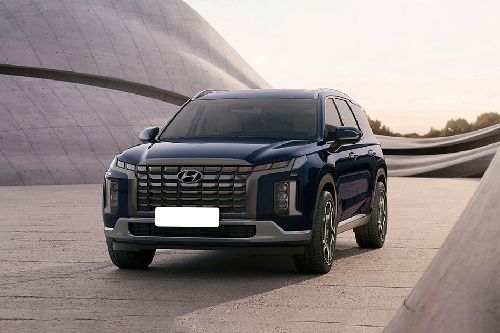
|
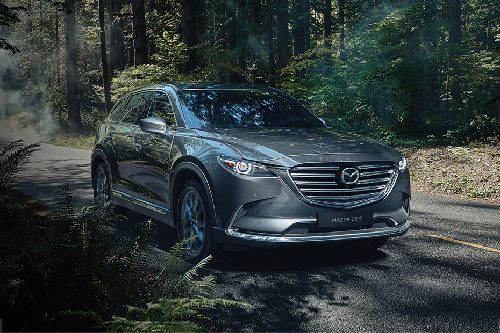
|
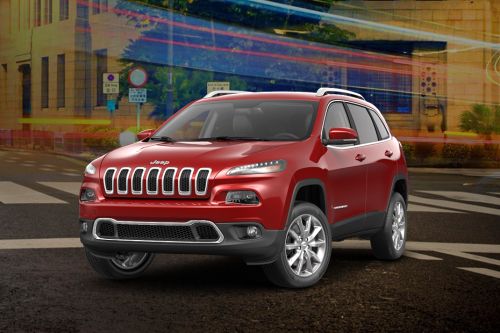
|

|

|
|
Seating Capacity
8
|
7
|
5
|
4
|
5
|
|
Fuel Type
Diesel
|
Petrol
|
Petrol
|
Petrol
|
Petrol
|
|
Engine
2199
|
2488
|
2360
|
1998
|
3604
|
|
Power
197
|
228
|
174
|
272
|
284
|
|
Torque
440 Nm
|
420 Nm
|
229 Nm
|
400 Nm
|
347 Nm
|
|
Transmission Type
Automatic
|
Automatic
|
Automatic
|
Automatic
|
Automatic
|
|
Ground Clearance
-
|
222 mm
|
-
|
223 mm
|
220 mm
|
|
|
Trending SUV
- Latest
- Upcoming
- Popular
